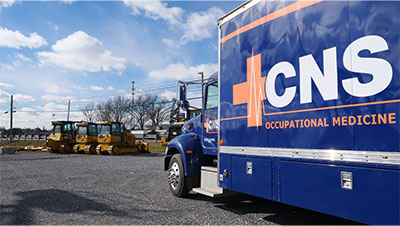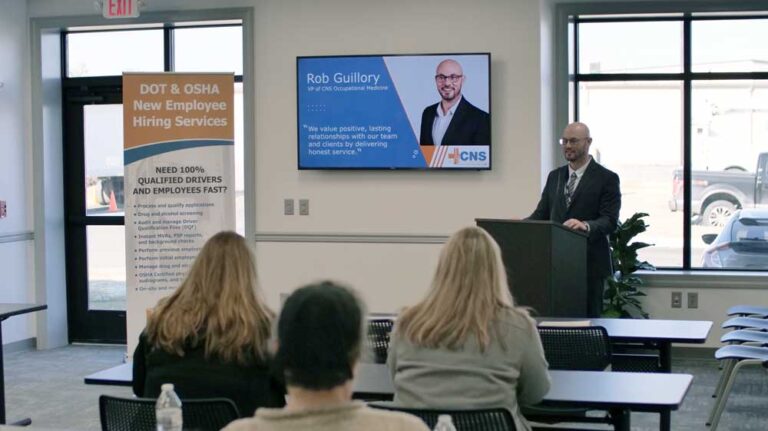In early November, SAMHSA published a notice in the Federal Register announcing that its Center for Substance Abuse Prevention’s Drug Testing Advisory Board will discuss adding fentanyl to the drug testing table in December.
Since the DOT harmonizes with the changes made to the Health and Human Services’ (HHS) Mandatory Guidelines, if this change happens, it will eventually affect the DOT testing program under 49 CFR Part 40, but only after DOT conducts its own rulemaking.
But wasn’t fentanyl already added to the drug testing requirements in the peak of the opioid crisis?
Let’s discuss.
What is Fentanyl
Fentanyl is an approved painkiller used to treat severe pain that is being produced illegally, largely coming into the U.S. from Mexico.
It is up to 100 times more powerful than morphine and is commonly found in what is sold as heroin. It also can be mixed into cocaine, methamphetamine, and counterfeit street pills sold as opioid medications, which many buyers are not expecting to contain fentanyl.
Overdose is a serious concern with fentanyl, as the drug increases the release of dopamine from certain nerve cells in our brain’s reward center and the drug can also slow breathing, which greatly increases the risk of overdose.
People who become addicted often require treatment with medications and/or therapy to help them quit using.
Related: BEST WORKPLACE DRUG & ALCOHOL POLICY GUIDE
In drug testing, fentanyl will usually show up on a:
- urine test between 24-72 hours after last use
- hair test for up to 3 months, and
- blood tests between 5 and 48 hours after use depending on the dose
While the drug can be tested right now, the process is more costly and not required for employers.
What happened during the opioid crisis
The CDC showed that opioid prescriptions nearly quadrupled from 1999 to 2014 and prescription opioid overdose deaths increased similarly during this period.
In fact, more than 240 million prescriptions were written for opioids in one year, according to a study from the Department of Health and Human Services (HHS). This is more than enough to give every American adult their own bottle of pills.
In 2017, the opioid crisis claimed 64,000 American lives, according to the Centers for Disease Control and Prevention. In other words, more than 140 Americans died every day from an opioid overdose which equates to a school’s graduation class or a 737 airplane crash every day.
In Pennsylvania, the drug overdose mortality rate doubled, from 21.9 deaths per 100,000 people in 2014 to 42.4 in 2020.
To try and help solve this problem, President Trump declared a “state of national emergency” for the opioid epidemic in 2017.
In response to the state of emergency, on Jan 1 2018, the Department of Transportation’s (DOT) followed HHS guidelines and started requiring testing of truck drivers and other “safety-sensitive” transportation employees for these semi-synthetic opioids (generally taken as pain pills): hydrocodone, hydromorphone, oxymorphone and oxycodone. But fentanyl was not included.
Then, nearly every year since, Congress has tried to pass a bill that would require fentanyl to be added in federal drug testing panels. But these have never gone anywhere.
Make your voices heard and comment
On the Dec 5 webcast, the board will hear Federal Partner updates and presentations regarding:
- NLCP activities,
- updates to the MRO manuals,
- lab created cannabinoids and other contaminants in commercially available products, and
- the process for adding or removing analytes from the drug testing table for federally regulated testing
SAMHSA is asking for public comments on the recommendation of adding fentanyl/nor-fentanyl to the drug testing table.
Comments can be submitted prior to the DTAB meeting, during the DTAB meeting, and up to 30 days after the DTAB meeting, but no later than January 4, 2024.
Written comments regarding the addition of fentanyl to the HHS analyte table can be submitted via e-mail to: DFWP@samhsa.hhs.gov.
CNS Occupational Medicine can help with customized policy development
Drug testing policies can be complicated and should consider:
- Purpose of the Policy
- Specimen Types
- Testing Procedures
- Prescription Drug Disclosure
- Federal Regulations (DOT)
- State Drug Testing Laws and Marijuana Laws
- Workers’ Compensation
- ADA
- Prohibited Conduct
- Consequences
Our Occupational Medicine Team can also develop a custom workplace safety plan for your company. You may need a combination of services like physicals, COVID-19 testing, and drug testing, and you may also need these services performed on-site.
For more information, contact us at 800.551.9816 or info@cnsoccmed.com.










